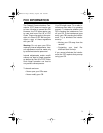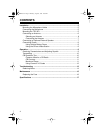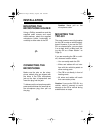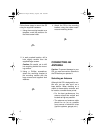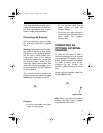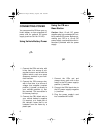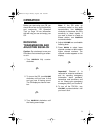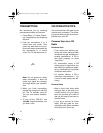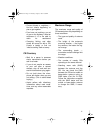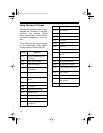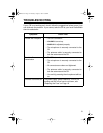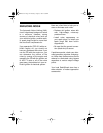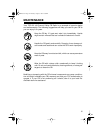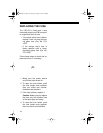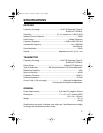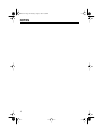
11
• Contact friends or neighbors —
find out “what’s happening” or
plan a get-together.
• Ever have car trouble or run out
of gas on the highway? What an
assurance it is to be able to
radio for assistance!
• Camping, fishing, and other
sports are more fun with a CB.
Locate a buddy or find out
“what’s cooking” back at camp.
CB Courtesy
• Wait for a pause in someone
else’s transmission before you
ask for a break.
• If you do not receive an answer
to your call after a second
attempt, sign off and wait sev-
eral minutes before trying again.
• Do not hold down the micro-
phone talk button when you are
not talking. (This is called
dead
keying
.)
• Assist callers with directions,
information about road condi-
tions, and any other reasonable
requests.
Maximum Range
The maximum range and quality of
CB transmissions vary depending on
these conditions:
• The type and quality of antenna
used.
• The height of the antenna’s
mounting location — the higher
the antenna, the better the sig-
nal’s range.
• The surrounding terrain —
mountains and tall buildings limit
the range.
• Weather conditions.
• The number of nearby CBs
operating on the same channel.
• Standing wave ratio (SWR)
between the antenna and the
CB. You can check the SWR
between the CB and a mobile or
base-station antenna using an
SWR tester (Cat. No. 21-523).
Follow the instructions supplied
with the SWR tester and the
mobile or base-station antenna
to change the SWR, if neces-
sary.
21-1701.fm Page 11 Thursday, August 5, 1999 12:50 PM



